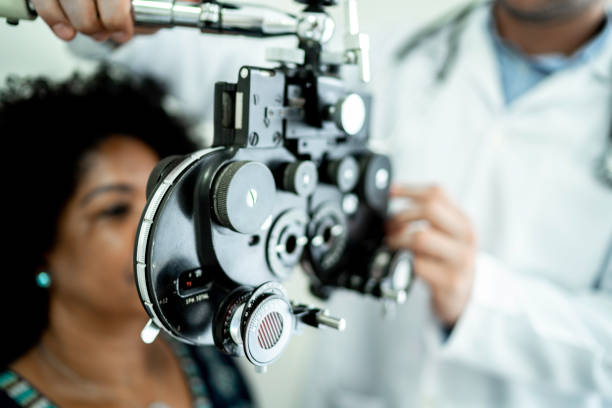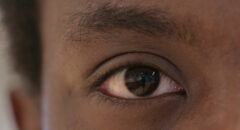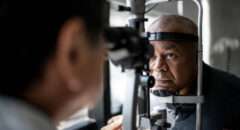
Diabetic eye disease refers to a group of eye problems that can impact people living with diabetes. Among these eye problems are diabetic retinopathy and diabetic macular edema. Although the two are related, there are some major differences. Here's what you need to know.
Diabetic retinopathy vs. diabetic macular edema
The macula is part of the retina, however, diabetic macular edema is not a type of retinopathy. “Retinopathy” is the medical term that refers to diseases of the retina, such as diabetic retinopathy, MedicalTodayNews notes. Swelling of the macula, on the other hand, is a complication of diabetic retinopathy.
So what exactly is diabetic retinopathy?
Diabetic retinopathy is a potential complication of diabetes and high blood sugar damaging the retina that can lead to vision loss. As diabetic retinopathy progresses, it can cause further damage to your retina.
Some people don't notice symptoms in the early stages of diabetic retinopathy, while others experience changes in their vision, including trouble reading or seeing faraway objects.
The most advanced stage of diabetic retinopathy is known as proliferative DR (PDR). During this stage, the retina receives little oxygen, which leads to the development of new, fragile blood vessels, according to MedicalNewsToday. When this happens the new vessels can leak and form scar tissue, resulting in complications such as problems with the macula (the retina responsible for central vision, color vision and fine detail).
Although complications are more likely to occur as diabetic retinopathy progresses, they can occur at any stage of diabetic retinopathy.
Diabetic retinopathy can also cause scar tissue and leaking fluid, which makes the macula swell and leads to blurry vision--a common cause of sight loss in people with diabetes.
RELATED: Have Diabetes? Don’t Lose Sight of Danger to Your Eyes
Can you have one without the other?
If you've experienced injury, infection, or inherited retinal conditions, you may experience swelling of the macula. However, diabetic macula edema is a direct complication of diabetic retinopathy. While it is possible to have diabetic retinopathy without diabetic macular edema, you cannot develop diabetic macular edema without diabetic retinopathy.
How can you protect yourself?
No surprise here, but the best way to prevent diabetic retinopathy and diabetic macular edema is to manage your diabetes. You should keep your blood sugar levels within a suitable range, monitor the foods you are eating, exercise regularly, keep your A1C levels within the recommended age and follow the guidelines for insulin or other diabetes medications you are currently taking.
If you need additional help, your diabetes care team can help you manage the condition. Your care team may suggest a hemoglobin A1C test, which can help you monitor your blood sugar levels.
Blood pressure and cholesterol also impact those living with diabetes so it will be important to manage these as well.
Everyone should get yearly eye exams, but for those living with diabetes, yearly checkups are even more important. An eye doctor can check your eye health and identify any conditions, such as diabetic retinopathy in its early stages when it is easier to treat. Eye doctors can also monitor any existing eye problems you may have.
When to see a doctor
If you notice any changes to your vision, such as blurriness, contact your doctor for an eye exam. If you are already living with diabetic retinopathy and notice your symptoms are worsening, contact your doctor immediately. He or she can determine if you may have developed diabetic macular edema and prevent any other complications from forming.






